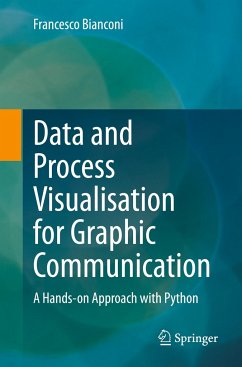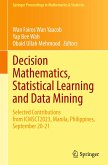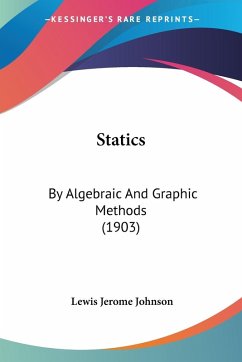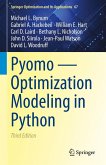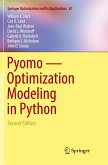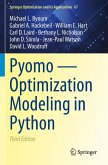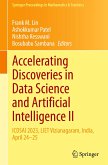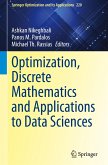This book guides the reader through the process of graphic communication with a particular focus on representing data and processes. It considers a variety of common graphic communication scenarios among those that arise most frequently in practical applications.
The book is organized in two parts: representing data (Part I) and representing processes (Part II). The first part deals with the graphical representation of data. It starts with an introductory chapter on the types of variables, then guides the reader through the most common data visualization scenarios - i.e.: representing magnitudes, proportions, one variable as a function of the other, groups, relations, bivariate, trivariate and geospatial data. The second part covers various tools for the visual representation of processes; these include timelines, flow-charts, Gantt charts and PERT diagrams. In addition, the book also features four appendices which cover cross-chapter topics: mathematics and statisticsreview, Matplotlib primer, color representation and usage, and representation of geospatial data.
Aimed at junior and senior undergraduate students in various technical, scientific, and economic fields, this book is also a valuable aid for researchers and practitioners in data science, marketing, entertainment, media and other fields.
The book is organized in two parts: representing data (Part I) and representing processes (Part II). The first part deals with the graphical representation of data. It starts with an introductory chapter on the types of variables, then guides the reader through the most common data visualization scenarios - i.e.: representing magnitudes, proportions, one variable as a function of the other, groups, relations, bivariate, trivariate and geospatial data. The second part covers various tools for the visual representation of processes; these include timelines, flow-charts, Gantt charts and PERT diagrams. In addition, the book also features four appendices which cover cross-chapter topics: mathematics and statisticsreview, Matplotlib primer, color representation and usage, and representation of geospatial data.
Aimed at junior and senior undergraduate students in various technical, scientific, and economic fields, this book is also a valuable aid for researchers and practitioners in data science, marketing, entertainment, media and other fields.

